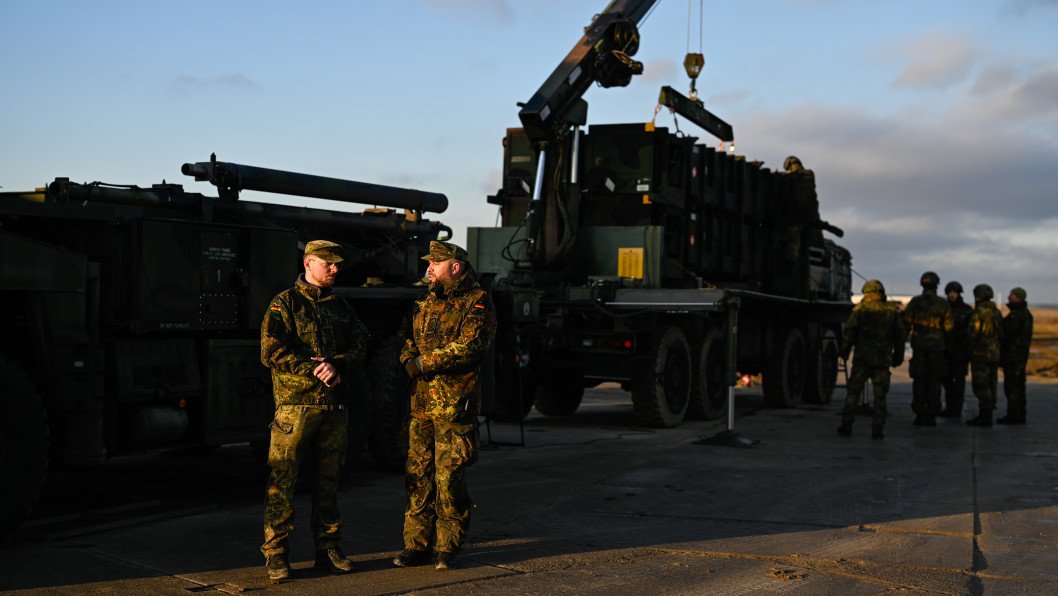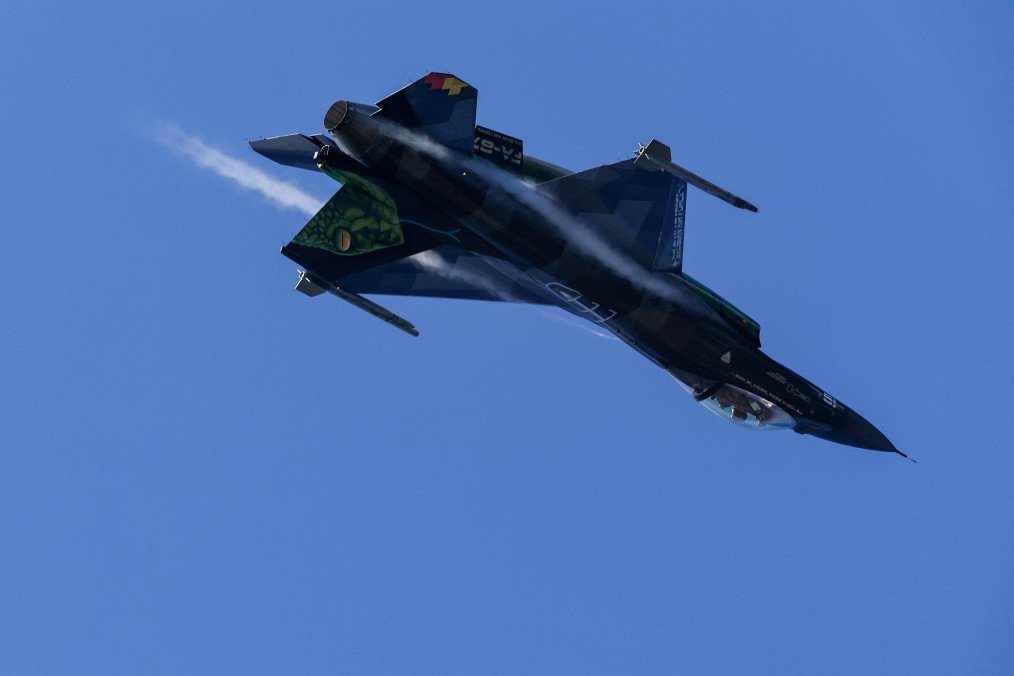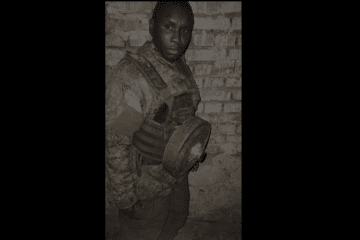Ukraine has signed a licensing agreement with NATO for the CRC System Interface (CSI)—a core component of NATO’s air and missile defense network that enables seamless digital coordination between fighter jets, air defense systems, and command centers.
Deputy Minister of Defense for Digital Development Kateryna Chernohorenko confirmed the deal on May 30, calling it a crucial step toward full integration with NATO’s battlefield management systems.
The CSI software will allow Ukrainian F-16s and Mirage 2000s—as well as air and missile defense systems like Patriot—to operate in a unified digital environment alongside allied platforms. In practical terms, CSI serves as a central data-sharing hub between air and ground units, connecting command and surveillance centers via a secure, multichannel digital network.
-69b59d47dbeaba8282816bfee26fa328.png)
The system supports all major NATO tactical data exchange protocols, including Link‑1, Link‑11B, Link‑16, MBDL, JREAP-C, and the native protocols used by NASAMS and SAMP/T. It not only transmits tactical data but also performs critical tasks such as track correlation, target mapping, control of air defense systems, and real-time synchronization of battlefield information.
CSI enables the creation of a Common Operational Picture—a live, shared view of the airspace and combat environment accessible to units across all command levels. It can operate autonomously or be integrated with other software modules like simulators and analytics platforms.
Link-16: NATO’s “Military Wi-Fi”
At the heart of this capability is Link‑16—often called NATO’s "military Wi-Fi." This encrypted, anti-jamming communication protocol allows jets, ships, and ground forces to exchange data in near real-time across a shared tactical network. Built on TDMA technology, Link-16 dynamically shifts frequencies and encrypts transmissions, offering high security and resilience.
Link‑16 is standard on key NATO platforms: F‑16 and Mirage 2000 fighters, AWACS and P-8A surveillance aircraft, naval vessels, and air defense systems including Patriot, NASAMS, and SAMP/T.

With Link‑16, Ukrainian forces will be able to communicate and coordinate missions with NATO assets directly, sharing radar tracks, mission data, and even limited voice and text over secure channels.
Although Link‑16 is limited to line-of-sight radio range, its reach can be extended through relay systems—making it highly adaptable across complex operational environments.
By adopting the CSI platform, Ukraine officially joins the NATO digital battlefield ecosystem, using the same software and tactical data formats as its partners. The agreement marks a strategic milestone in Ukraine’s ongoing defense modernization and digital integration with the Alliance.
Earlier on May 27, the final batch of Dutch F-16 fighter jets designated for Ukraine departed the Netherlands, according to the Dutch Ministry of Defense.




-111f0e5095e02c02446ffed57bfb0ab1.jpeg)



-72b63a4e0c8c475ad81fe3eed3f63729.jpeg)